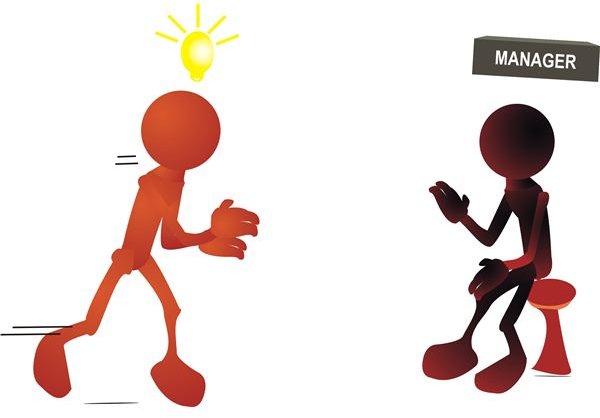Verbal Communication
Verbal communication is a type of communication that uses talking as its medium. Verbal communication is used for communications between two people or a group, it is used in meetings, presentations, phone calls, talking with anyone. It is used to deliver personal messages and is used one-on-one with people using a phone or your mouth. Verbal communication is also known as oral communication. It is good as feedback is instantly received and communication is easily understood and questions are directly answered. This kind of communication may be both one-way and two-way, and may be internal (Meetings or discussions) or external (Customer Complaints/Feedback) communication.
 |
| This picture shows the flow of verbal communication and how it happens |
Though, barriers to this type of communication may be a distance in the sender and receiver or a noisy environment, which may lead to misunderstandings or the receiver does not know what the sender is trying to say. Verbal communication is affected by the tone and also how you talk. A loud and serious tone might tell the receiver to listen closely and follow the instructions and a soft and casual tone will let the receiver listen as he/she would normally do and also give feedback or ask questions.
Non-Verbal Communication
Non-Verbal communication uses body language as the medium of communication. Non-verbal communication is used when you can't or are not allowed to talk and you want to express an idea or message to someone else. Non-verbal communication is used sometimes in group activities where you can't talk and you may have to show an idea. Some gestures that are non-verbal include waving your hand, which means "Hi!", nodding or shaking your head to say that you agree or disagree and also a thumbs up or down to show that it is good or bad.
 |
This gesture means "Silence!"
|
Advantages of this form of communication is that it is more interesting than verbal and will also improve the receiver's thinking skills to guess the message, but may not be for everyone as it will be herd for some to decipher the message the sender is trying to send. It may be considered easier than verbal communication as it may be used for short phrases or answers such as yes and no. Non-verbal communication includes sign language, which are used for mute people to help them communicate.
Visual Communication
Visual Communication is a communication method through media, such as pictures, posters, maps or banners. This form of communication is one-way as it is a media and the publisher has posted many of the same copy in many places. The only way to be able to communicate is through written or verbal communication through the information that is written on the media, which is the phone number and/or email. Visual communication is useful if it has successfully attracted the receiver to read the media. The sender is the media and the receiver is the person reading it. This form of communication is internal (Meetings that have presentations or graphs) and external (Advertising).
 |
| An example of visual communication |
Visual Communication in maps is considered important for tourists to know where to go and why. This communication method can be kept if the media is portable, such as a leaflet or pocket map, but other types of advertisements cannot be kept and also need to be put somewhere where people can actually see it. This form of communication can be found almost everywhere, such as the one above.
Written Communication
Written communication is communication that is either written or typed. Written communication is a type of communication that can be kept but is most of the time one-way and if it is two-way, then the time to send an reply takes time as you need to write a letter, but e-mail is fast if both sender and receiver are online and are communicating. Written communication is used as an official and formal way of communication between people with high ranking or between businesses to discuss matters.
This type of communication is good as it can be kept for future reference but is hard to reply back if in the form of a letter as it takes time to write and send. E-mail is fast and cheap and also saves paper, so it is one of the most common ways of written communication nowadays, for example Yahoo! Mail, MSN or G Mail Social networking also uses written communication in the form of chatting with your friends, such as in Facebook. An example of written communication is this blog, because you are reading this text and I am the one sending a message.








